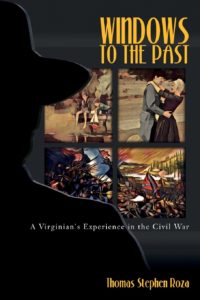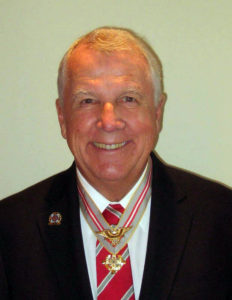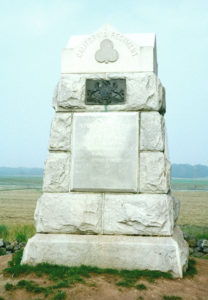Here is an announcement from our group secretary, Tom Roza:
 It is with great pleasure and deep humility that I announce that my historical novel on the American Civil War entitled Windows to the Past: A Virginian’s Experience in the Civil War is now available on Amazon.com!
It is with great pleasure and deep humility that I announce that my historical novel on the American Civil War entitled Windows to the Past: A Virginian’s Experience in the Civil War is now available on Amazon.com!
I have been a student of the American Civil War since 1960. I have conducted extensive research on this great conflict and toured numerous battlefields to see firsthand where millions of Americans fought our Civil War. But, through my over 50 years as a student of this significant event, it was not the battles, not the politics, and not the armaments that piqued my interest – it was the people; the everyday men and women from all parts of the country that dealt with and/or fought for what they believed in. And, those brave young soldiers on both sides that found the indescribable courage to give their lives for the values that made them who they were.
Windows to the Past is the story of one man’s journey through one of the most turbulent, yet fascinating periods in the history of our Country. The main character’s life story, told to his great-granddaughter, embraces all the meaningful periods of his life from childhood through to his twilight years as he searches for the answer to the question: “Did I make a difference in the lives of the people I touched and loved?”
I would be honored if you considered purchasing my novel. Here is a link to the listing: Amazon.com.
Or, once you are in the Amazon.com web site, you can enter the title ““Windows to the Past: A Virginian’s Experience in the Civil War”.
I pray that my storytelling efforts regarding family, friends, dealing with conflict, and finding peace of mind in some small way resonates with you as the reader.
Tom
PS: An electronic version has been developed in conjunction with Amazon.com and is now available. Purchasing this version of my novel will allow readers to use a variety of handheld devices (Kindles, smart phones, etc) . Here is a link to the electronic version: Amazon.com


